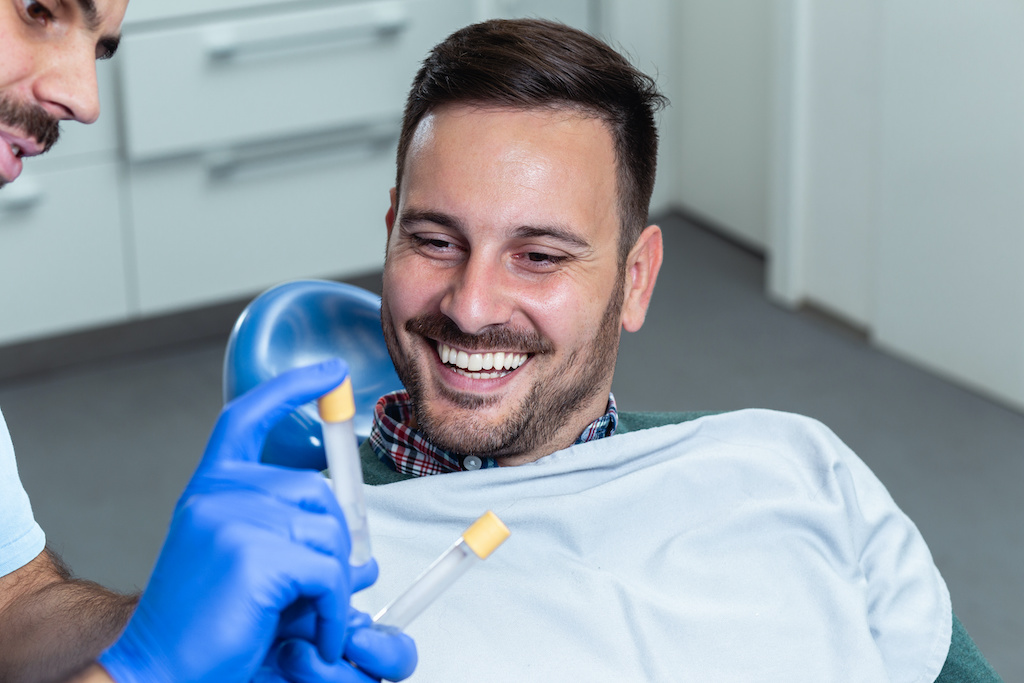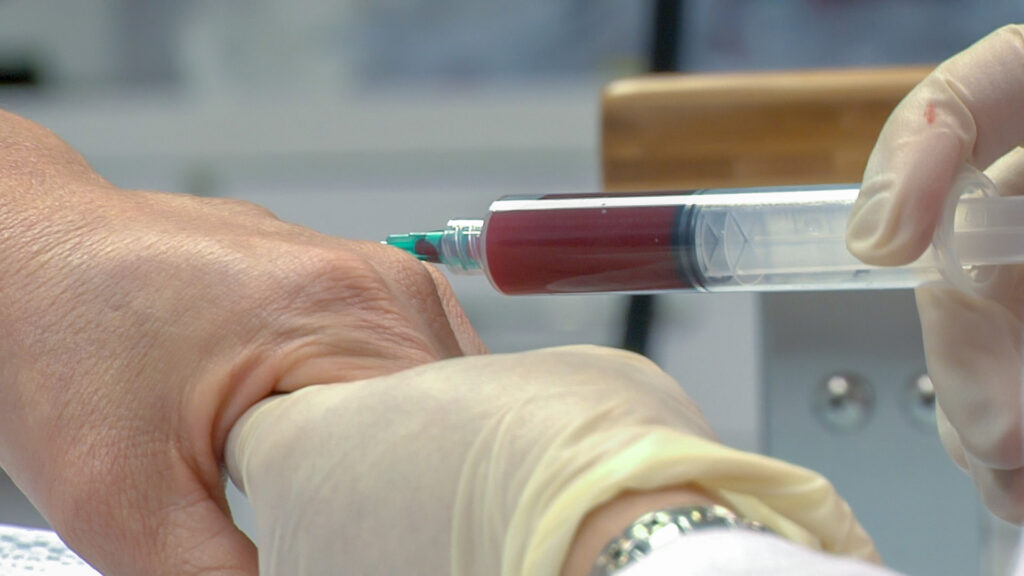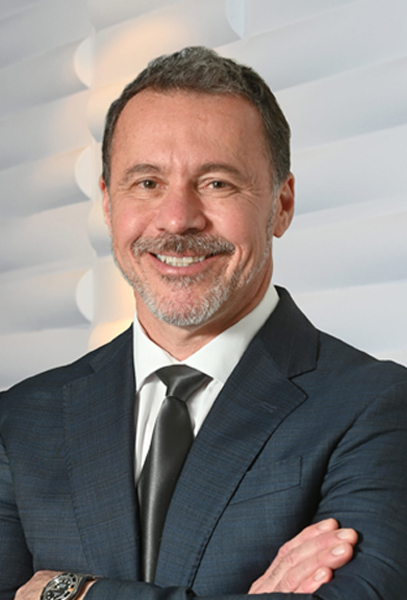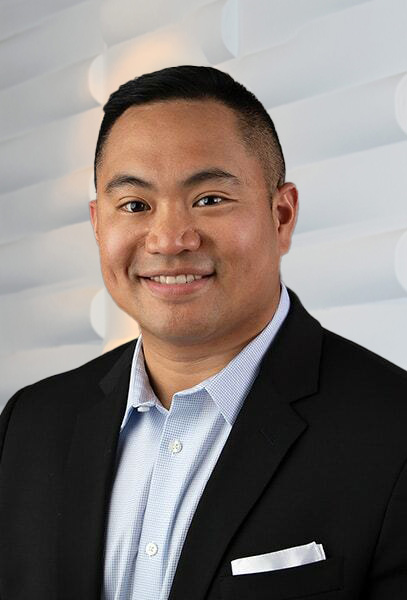Speed healing
Platelet-Rich Plasma
The power of platelet rich plasma (PRP) has recently been used with great success in a variety of medical purposes, including some related to oral surgery. Prior to the recent revolution in PRP use, these therapies were largely confined to hospitals due to the expense of obtaining PRP and the large quantity of blood required to produce a sufficient amount. Thanks to new technologies and techniques, however, PRP therapies are more accessible. Patients today can obtain all the benefits of PRP with platelets drawn from just 55 cc of blood during an outpatient procedure.


What does PRP do?
PRP (Platelet Rich Plasma) is a byproduct of blood, meaning it is safe, natural, and an extension of your own body’s resources and natural healing agents. Your body uses cells and cell types such as platelets to restore wounds; applying PRP serves to seriously accelerate the body’s natural healing process. This can be useful in bone grafting for implants, repairing bone defects in the mouth caused by missing teeth, and more.
Benefits of PRP
- PRP is safe
Using PRP is safe since the substance is natural and derived from the patient’s own blood, eliminating the risk of rejection, transmitting diseases, causing complications, and so forth.
- PRP is easy to use
PRP is very straightforward to use and can improve the application process for bone substitute materials in bone grafts.
- PRP results in faster recovery
Using PRP assists in faster recovery, meaning you will heal quicker and be able to get back to your normal routine in less time. PRP expedites regeneration of tissue and facilitates tissue synthesis.
- PRP is affordable
Now that PRP can be harvested from just 55 cc of the patient’s blood on an outpatient basis, it is much more reasonable and cost effective for everyone to utilize this advanced treatment option.
- PRP is convenient
Due to the ease of harvesting PRP, it can be collected during an outpatient procedure such as dental implant placement.
Frequently Asked Questions About PRP
Is PRP safe? Yes. During the outpatient surgical procedure a small amount of your own blood is drawn out via the IV. This blood is then placed in the PRP centrifuge machine and spun down. In less than 15 minutes, the PRP is formed and ready to use.
Should PRP be used in all bone-grafting cases? Not always. In some cases, there is no need for PRP. However, in the many cases, application of PRP to the graft will increase the final amount of bone present in addition to making the wound heal faster and more efficiently.
Will my insurance cover the costs? Unfortunately not. The cost of the PRP application (approximately $400) is paid by the patient.
Can PRP be used alone to stimulate bone formation? No. PRP must be mixed with either the patients own bone, a bone substitute material such as demineralized freeze-dried bone, or a synthetic bone product, such as BIO-OSS.
Are there any contraindications to PRP? Very few. Obviously, patients with bleeding disorders or hematologic diseases do not qualify for this in-office procedure. Check with your surgeon and/or primary care physician to determine if PRP is right for you.
Get to know us.
At Washington Oral & Facial Surgery, we know how to help you. Our board-certified surgeons and expert staff can provide the care you need to relieve the discomfort you feel.


